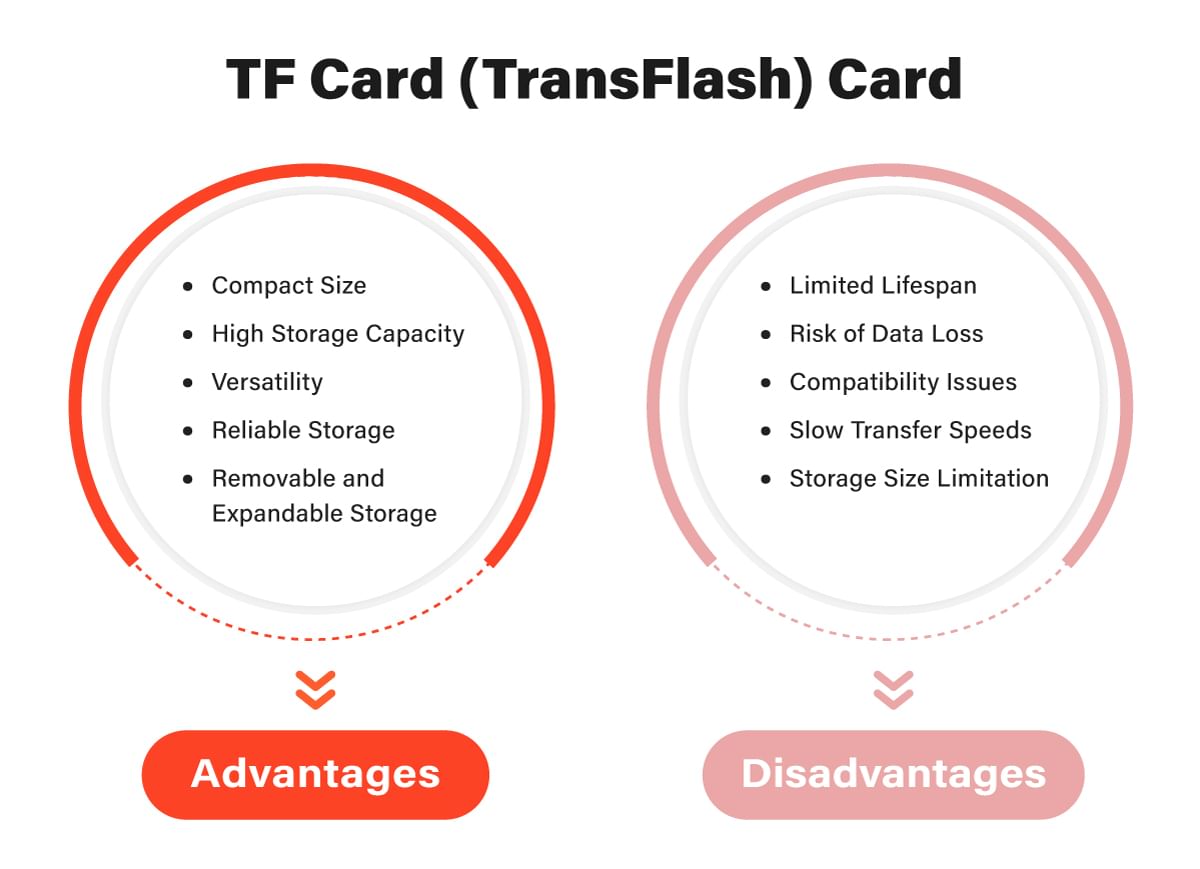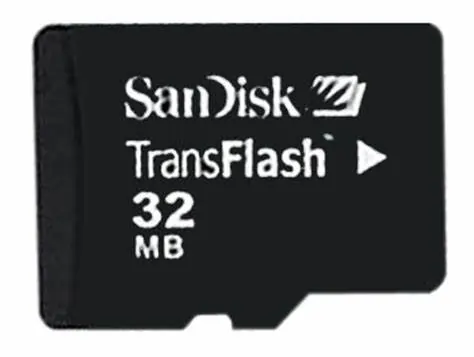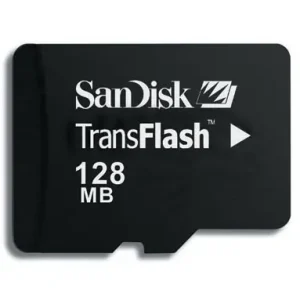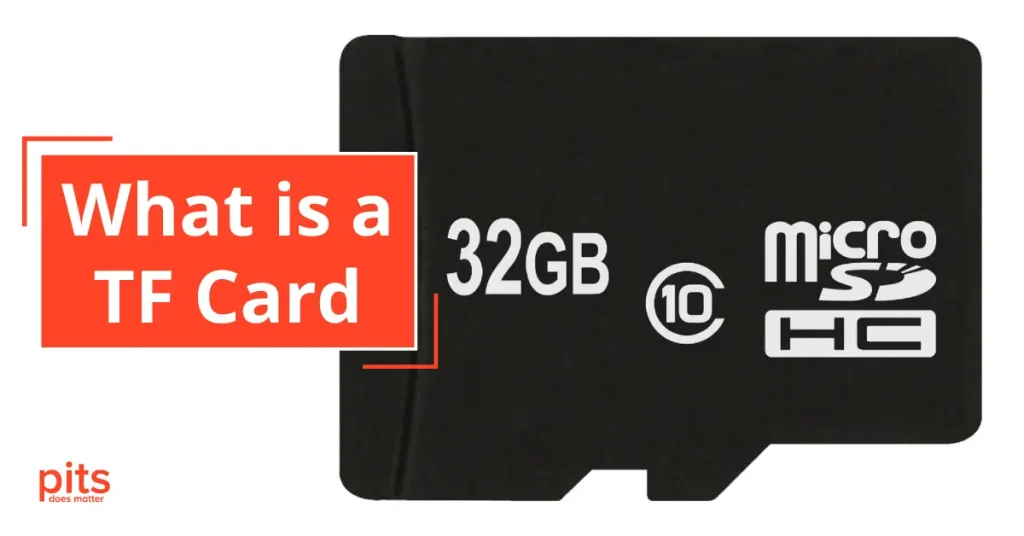In the contemporary digital era, where data serves as the essential backbone of our electronic gadgets, the significance of memory storage remains paramount. Whether it pertains to mobile phones, digital cameras, or other handheld devices, memory cards assume a pivotal role in augmenting storage capacity and facilitating data portability.
Among the diverse array of memory card alternatives, the TF card distinguishes itself as a diminutive yet exceptionally versatile option. In this all-encompassing guide, we shall embark upon an exploration of TF cards, elucidating their nature, functionality, and principal merits.

What Constitutes a TF Card?
A TF card, or TransFlash card, represents a type of memory card often used interchangeably with microSD cards. These cards belong to the secure digital (SD) card family, a group encompassing various flash memory card types and sizes tailored for diverse devices, including mobile phones and digital cameras.

Distinguishing TF Cards from SD Cards
A prevalent misconception revolves around the differentiation between TF cards and SD cards. In truth, they are fundamentally one and the same. The TF card originated with SanDisk and subsequently evolved into the more universally acknowledged term, microSD card. This shift occurred as part of standardization initiatives in the industry.
While “TF card” remains in use within certain regions and by specific manufacturers, it essentially denotes the microSD card, with both being functionally identical.
TF Cards: Their Operational Mechanism
To comprehend the functioning of TF cards, an exploration into the realm of semiconductor flash memory, specifically NAND flash memory, is essential. NAND flash memory represents a form of non-volatile storage technology capable of retaining data even in the absence of power. This characteristic renders it ideal for deployment in portable devices where data preservation holds paramount significance.
TF cards, akin to microSD cards, are constructed utilising NAND flash memory, organised into memory cells. Among the most prevalent types of NAND flash memory found in TF cards are SLC (Single-Level Cell) and MLC (Multi-Level Cell). SLC is esteemed for its exceptional durability and performance, albeit at a higher cost. MLC, conversely, offers a more cost-effective solution, albeit potentially bearing slightly diminished performance and endurance.
The capacity of TF cards, be it 128GB, 64GB, 32GB, or the like, hinges upon the quantity and capacity of these NAND memory cells. Larger capacity cards incorporate more memory cells, thereby enhancing their data storage capabilities.
TF Card Utilization
Having grasped the fundamental workings of TF cards, let us now delve into their applications across various devices and scenarios.
Mobile Phones
Mobile phones have assumed a pivotal role in our daily routines, functioning as communication tools, cameras, and portable entertainment hubs. TF cards, often interchangeable with microSD cards, play an indispensable role in augmenting the storage capacity of mobile phones.
In light of the burgeoning demand for housing photos, videos, applications, and other data on our smartphones, TF cards offer a convenient and economically viable remedy. Numerous mobile phones are equipped with TF card slots compatible with microSD cards, affording users a straightforward means to expand their device’s storage capabilities.
Digital Cameras
The evolution of digital cameras, from bulky DSLRs to compact and feature-rich devices, has been remarkable. TF cards have significantly contributed to this transformation, providing a compact and high-capacity storage solution.
Both professional photographers and casual users rely on TF cards to store high-resolution images and videos captured with their digital cameras. TF cards’ high-speed data transfer capabilities ensure the seamless capture of multiple shots in rapid succession.

Card Readers
To access data stored on TF cards, the use of a card reader is often necessary. Card readers come in various forms, including USB card readers and integrated card slots on laptops and desktop computers. These devices facilitate data transfer between TF cards and other equipment, such as computers, tablets, and printers.
Motorola and SanDisk: TF Card Pioneers
Motorola and SanDisk played pivotal roles in the development and popularisation of TF cards. Motorola was among the earliest adopters of TF cards in their mobile phones, setting a precedent for the mobile industry. SanDisk, a renowned manufacturer of flash memory products, introduced TF cards to the market and later contributed to the standardisation process, leading to the widespread adoption of the microSD card format.
The World's Most Compact Memory Card
A standout attribute of TF cards is their exceptionally diminutive dimensions. Measuring a mere 15mm x 11mm x 1mm, TF cards rank among the most compact memory cards globally. This petite form factor renders them highly suitable for deployment in devices where space constraints prevail, including ultra-compact smartphones, action cameras, and wearable gadgets.
Notwithstanding its minuscule size, the TF card’s performance and storage capacity remain uncompromised. Despite its modest physical footprint, TF cards are available in an extensive range of capacities, spanning from a few megabytes to multiple terabytes (TB) in advanced variants. This adaptability positions TF cards as an outstanding choice for a multitude of applications, ranging from storing a few photos on a smartwatch to recording hours of high-definition video on an action camera.
Advantages of TF Memory Cards
Having acquired a comprehensive understanding of TF cards, let us now delve into their key benefits:
1
Compact Dimensions
As previously mentioned, TF cards exhibit remarkable smallness, rendering them suitable for devices with spatial constraints.
2
Ample Capacity
Despite their modest physical stature, TF cards are available in a diverse array of capacities, providing substantial storage space for a multitude of purposes.
3
Data Portability
TF cards facilitate seamless data transfer between devices, enabling users to carry their data with them wherever they roam.
4
Robustness
TF cards are engineered to withstand physical jolts and exhibit resilience against extreme temperatures and humidity.
5
Universality
TF cards boast compatibility with a wide spectrum of devices, encompassing smartphones, tablets, digital cameras, and more.
6
Cost-Effective Solution
TF cards present an economically efficient means of expanding storage capacity, eliminating the necessity to invest in new equipment.
The Evolution of TF Cards
TF cards, subsequently known as microSD cards, have undergone significant evolution since their inception. Technological advancements have yielded improvements in capacity, speed, and durability, enhancing the versatility and practicality of TF cards for contemporary devices.
TF cards, or microSD cards, constitute an integral component of our digital landscape, offering convenient and dependable storage solutions for a broad array of devices. Their compact dimensions, ample capacity, and compatibility establish them as the preferred choice for expanding storage in mobile phones, digital cameras, and various other portable gadgets.
As technology continues its progression, TF cards are poised to keep stride, promising greater storage capacity and swifter data transfer rates. Whether you are a photographer seeking storage for high-resolution images or a smartphone user in need of extra space for applications and media, TF cards stand ready to fulfil your storage requirements. Thus, when inserting a TF card into your device, take a moment to appreciate the remarkable technology encapsulated within this petite memory card.
Frequently Asked Questions
What is a TF card?
A TF card, short for TransFlash card, is a type of memory card utilized for data storage in electronic devices, including smartphones and digital cameras. It is commonly known as a microSD card and belongs to the secure digital (SD) card family.
How does a TF card operate?
TF cards employ NAND flash memory technology for data storage, organized into cells. The card’s capacity is determined by the number and size of these cells. Data saved on a TF card is stored within these memory cells and can be accessed as required.
Are TF cards and microSD cards synonymous?
Yes, TF cards and microSD cards are functionally identical. The TF card, originally developed by SanDisk, evolved into what is now widely referred to as the microSD card. Both terms are frequently used interchangeably.
Which devices are compatible with TF cards?
TF cards (or microSD cards) are compatible with a broad spectrum of devices, including mobile phones, tablets, digital cameras, action cameras, drones, gaming consoles, and more. Many modern devices feature a dedicated TF card slot or support microSD card expansion.
What TF card capacities are available, and how should I choose the appropriate one?
TF cards are available in various capacities, ranging from 128GB to terabyte capacities in some models. To select the right one, assess your storage requirements. Opt for higher-capacity cards if you intend to store numerous photos, videos, or apps. Smaller capacity cards are suitable for basic storage needs or devices with limited space.
